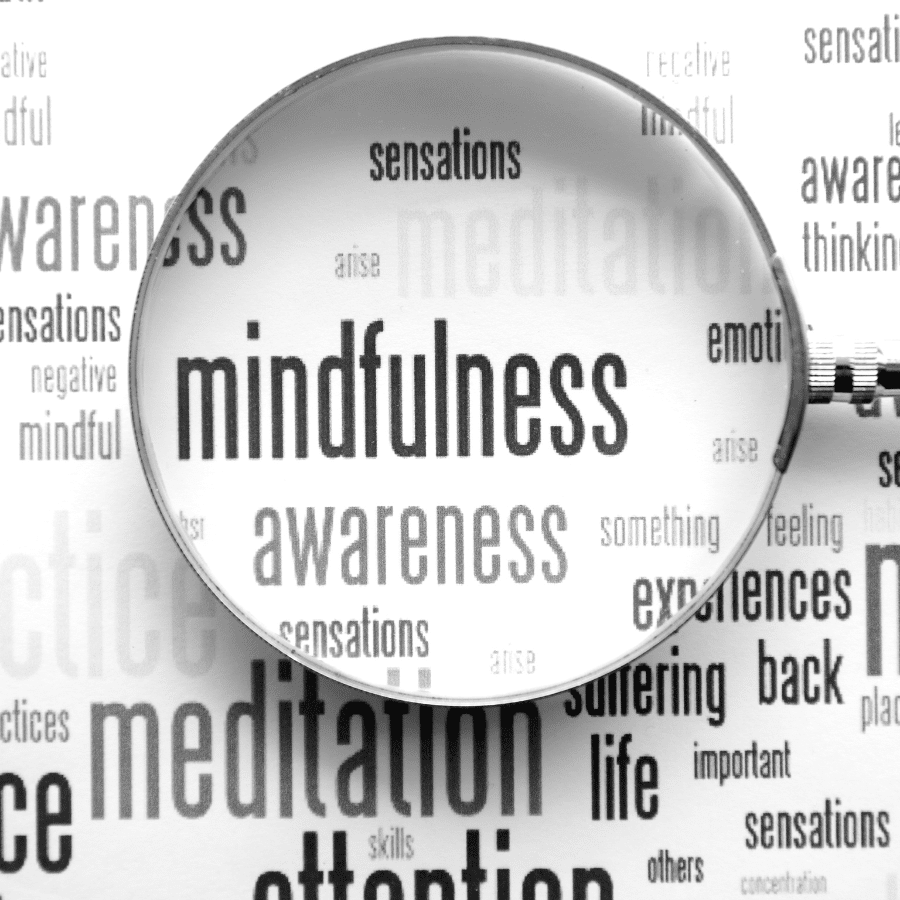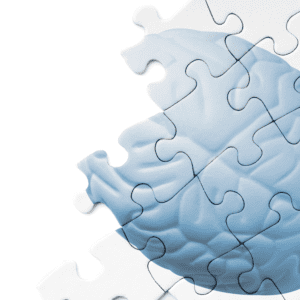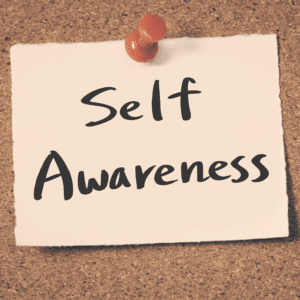Introduction
Mindfulness is a term that’s becoming more and more familiar in the world of education. But what exactly is mindfulness? And how can it help students learn? This post will explore these questions, as well as provide a step-by-step guide for teaching mindfulness in your classroom.
What is Mindfulness?
Mindfulness is a way to pay attention to the present moment, and it can help you be more aware of your thoughts and feelings. It also helps you focus on what you’re doing by slowing down the process of learning so that students can engage in thoughtful reflection on concepts.
Mindfulness is not about relaxing or calming down; rather, it’s about focusing on one thing at a time without judgments or distractions from other things going on around us (or inside us). If we’re mindful as students, then we will be able to pay attention more easily because our minds won’t wander off into worry land where there are no answers!
Why Mindfulness Matters in Education
There are many benefits to practicing mindfulness in education. Mindfulness can help students focus, regulate their emotions and behavior, be more empathetic towards others, be creative when solving problems or expressing themselves through art or music, and become more resilient in the face of challenges in life.
In schools where mindfulness is integrated into the curriculum there have been reductions in stress levels among students as well as improvements in academic performance and behavior management issues (Roeser et al., 2011). One study examining this issue found that after eight weeks of training teachers on how to integrate mindfulness into their classrooms there were significant changes among students including: improved attentional control; increased positive emotions such as happiness; decreased negative emotions such as sadness/depression; improved social skills such as cooperation between peers (Carmody & Baer 2014).
How to Teach Mindfulness in Your Classroom
Teaching mindfulness in the classroom is a great way to help students learn more effectively. Here are some tips for getting started:
- Teach mindfulness during class time, not just at lunch or after school.
- Make sure everyone has a chance to practice mindfulness before they leave the room so they can take it home with them!
What Teachers Need to Know About Mindfulness
Mindfulness is a way of paying attention to the present moment. It can be practiced in many ways, including meditation. Teachers can teach mindfulness in their classrooms by helping students learn how to pay attention to their thoughts and feelings. This can help them be more focused during class time, as well as develop skills that will benefit them throughout life.
Teachers should also know about some other benefits of mindfulness for students:
Research shows that mindfulness can have a powerful impact on student learning, especially for students who are struggling.
Mindfulness is a way of paying attention to the present moment. It involves noticing what you’re thinking, feeling and experiencing in the moment, without judgment. The practice of mindfulness has been shown to improve academic performance for students who are struggling academically or have learning disabilities (including ADHD).
Research also suggests that it can help students with anxiety and depression by reducing stress levels and improving self-esteem.
Conclusion
Mindfulness has been shown to have a powerful impact on student learning, especially for students who are struggling. When teachers incorporate mindfulness into their classrooms, they can help their students develop the skills they need to be successful in school and beyond.









